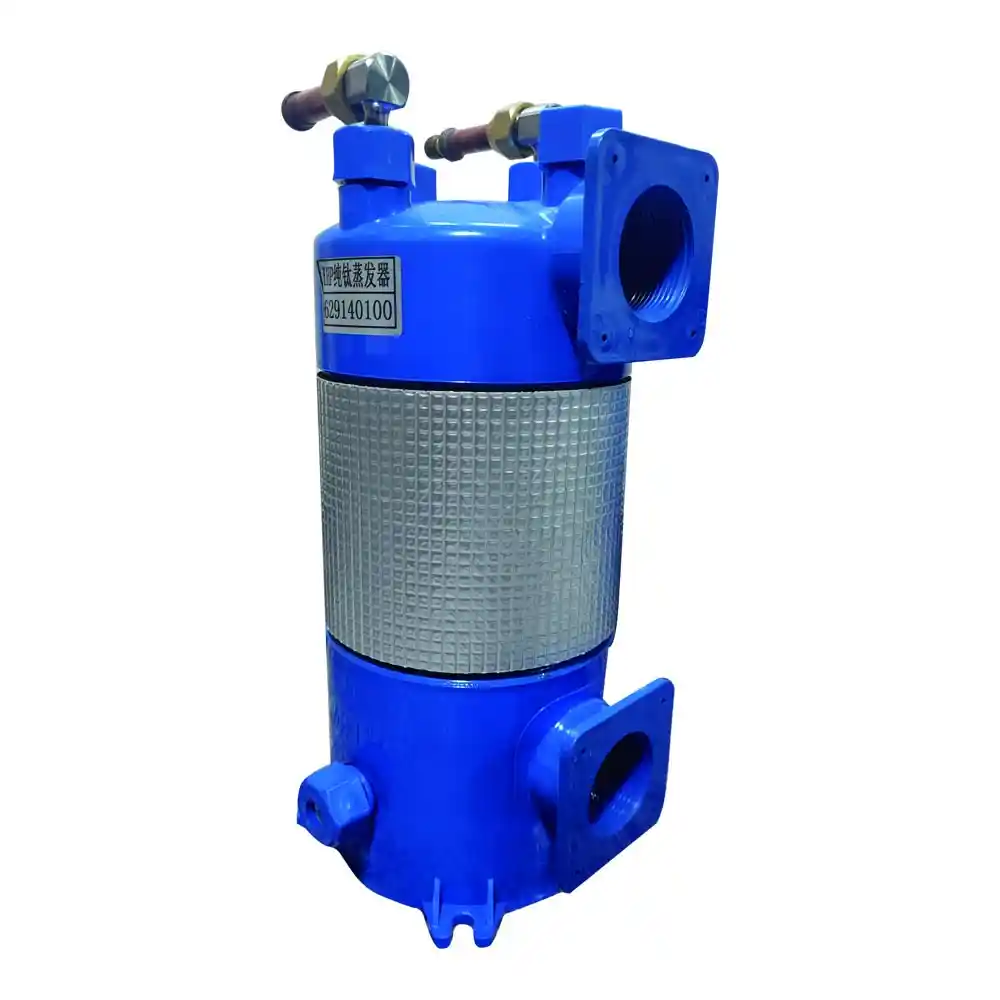Introduction
Tube expansion is a critical process in the manufacturing of titanium coil heat exchangers with PVC shells. It involves expanding the ends of the heat exchanger tubes to create a secure and leak-proof connection with the headers and manifolds. This article provides a comprehensive overview of the tube expansion process, including its importance, techniques, and considerations.
1. Importance of Tube Expansion
The tube expansion process serves several important purposes in titanium coil heat exchangers:
- Sealing: Tube expansion creates a tight seal between the tubes and the headers/manifolds, preventing fluid leakage and ensuring efficient heat transfer.
- Mechanical Strength: The expanded tube ends form a robust connection that can withstand the pressures and vibrations experienced during operation.
- Heat Transfer Enhancement: The expanded tubes increase the contact area between the tubes and headers/manifolds, promoting efficient heat transfer.
2. Tube Expansion Techniques
Various techniques are employed for tube expansion in heat exchanger manufacturing. The selection of the appropriate technique depends on factors such as the tube material, design requirements, and manufacturing capabilities. Some commonly used techniques include:
2.1. Mechanical Tube Expansion
Mechanical tube expansion is a widely used technique that involves the use of mechanical force to expand the tube ends. The most common mechanical tube expansion methods include:
- Roll Expansion: In roll expansion, a set of rolls is used to gradually expand the tube ends against the inner surface of the headers/manifolds.
- Expander Plug: An expander plug is inserted into the tube end and expanded using hydraulic or mechanical force, causing the tube to expand against the headers/manifolds.
2.2. Hydraulic Tube Expansion
Hydraulic tube expansion techniques utilize hydraulic pressure to expand the tube ends. This method offers precise control and uniform expansion. Common hydraulic tube expansion techniques include:
- Internal High-Pressure Expansion: High-pressure hydraulic fluid is introduced into the tube, expanding it against the headers/manifolds.
- External Hydraulic Expansion: Hydraulic pressure is applied externally to expand the tube ends against the headers/manifolds.
3. Considerations for Tube Expansion
During the tube expansion process, several considerations should be taken into account to ensure optimal results:
3.1. Tube Material Compatibility
The compatibility between the tube material and the headers/manifolds is crucial. Thermal expansion and contraction rates should be considered to prevent any mismatch or damage during temperature fluctuations.
3.2. Expansion Force Control
Precise control of the expansion force is essential to achieve uniform and reliable tube expansion. Excessive force can deform or damage the tube, while insufficient force can result in weak connections and potential leaks.
3.3. Quality Control and Inspection
Quality control measures, such as visual inspection and non-destructive testing, should be implemented to ensure the integrity and quality of the expanded tube connections. This helps identify any defects or irregularities that may compromise the performance of the heat exchanger.
Table 1: Tube Expansion Techniques Comparison
| Technique | Descripción |
|---|---|
| Mechanical Tube Expansion | – Roll Expansion: Uses rolls to gradually expand the tube ends against the headers/manifolds. |
| – Expander Plug: Inserting an expander plug and expanding it to expand the tube. | |
| Hydraulic Tube Expansion | – Internal High-Pressure Expansion: Uses high-pressure hydraulic fluid inside the tube to expand it against the headers/manifolds. |
| – External Hydraulic Expansion: Applies hydraulic pressure externally to expand the tube ends against the headers/manifolds. |
Note: The table provides a comparison of different tube expansion techniques used in the manufacturing of titanium coil heat exchangers. The selection of the technique depends on various factors such as the tube material, design requirements, and manufacturing capabilities.
Conclusion
Tube expansion is a critical process in the manufacturing of titanium coil heat exchangers with PVC shells. It ensures a secure and leak-proof connection between the tubes and headers/manifolds, promoting efficient heat transfer and mechanical strength. By understanding the importance, techniques, and considerations involved in tube expansion, manufacturers can produce high-quality heat exchangers that meet performance and reliability requirements.


